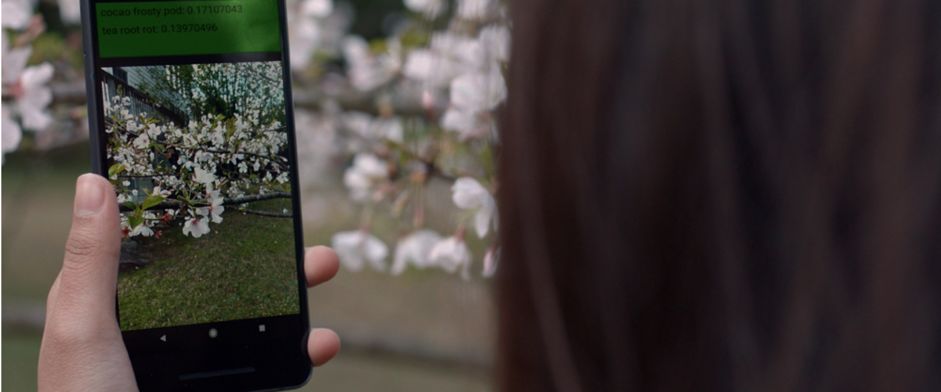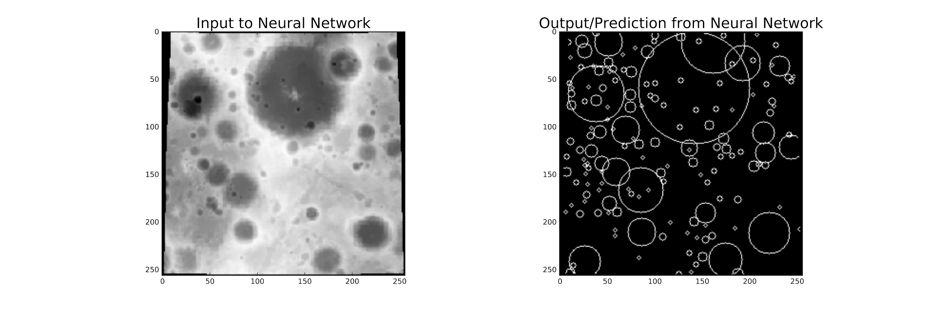
Although machine learning is at the heart of many of Google’s products, TensorFlow, our open source machine learning framework, has become a core component of global scientist research, researchers’ research, and even high school student work. At the Google I/O conference, we listened to the sharing from these people and they are solving huge problems - things like the origins of the universe. The next case shows how they used TensorFlow to help them work in a clever way.
Ari Silburt, a Ph.D. student at Pennsylvania State University, wants to unlock the secrets of the origins of our solar system. In order to achieve this goal, he must map the crater in the solar system so that he can find out where (and when) the existing material in the solar system has formed. Do you understand? In the past, this process required the use of human hands to complete, both time-consuming and subjective. However, Ari and his team used TensorFlow to automate the process. They trained machine learning models with existing moon photographs, and they have identified more than 6,000 new craters.

On the picture of the moon on the left, it is difficult to tell where the crater is located. The picture on the right, through TensorFlow, we can clearly see the distribution of craters.
Let's move from outer space to Brazil's rainforest: Topher White, the founder of Rainforest Connection, invented the “The Guardian†device to stop illegal logging in the Amazon. The device is running on TensorFlow while upgrading old phones. It is installed in trees throughout the forest to alert administrators in the area by recognizing the sound of chainsaws and logging trucks. Without these devices, manpower must be used to supervise and manage this area, so it is difficult to cover large areas.

Topher installs monitoring equipment in towering trees in the Amazon
Diabetic retinopathy is a cause of blindness that is becoming more and more important. At present, there are 415 million diabetics worldwide who are at risk of developing retinopathy. If it is discovered in time, the disease can be cured, but if it is not diagnosed in time, it may lead to irreversible blindness. In 2016, Google announced that machine learning is being used to assist diagnostics in the field of diabetic retinopathy and to help analyze patients' fundus images (pictures at the back of the eyes) with high accuracy. Today, Google is using TensorFlow to raise the analysis of these fundus images to another new stage. Dr. Jorge Cuadros, an optometrist in Auckland, is using a model of deep learning to analyze fundus images, which can be used to predict the risk of cardiovascular disease in patients.

This figure shows a fundus image in which the eye vision has been threatened by retinopathy. The machine learning analysis can provide the doctor with information not limited to eye health.
There is also good news about horticultural professionals from around the world: Shaza Mehdi and Nile Ravenell, two high school students, have invented an application that can help them understand whether or not plants are affected. Shaza Mehdi and Nile Ravenell run a machine learning model on TensorFlow while collecting data from plantvillage.com and several university databases to train the model to identify diseased plants. In addition, Shaza created a skin-aware application that works in a similar way.
Draw-wire sensors of the wire sensor series measure with high linearity across the entire measuring range and are used for distance and position measurements of 100mm up to 20,000mm. Draw-wire sensors from LANDER are ideal for integration and subsequent assembly in serial OEM applications, e.g., in medical devices, lifts, conveyors and automotive engineering.
Linear Encoder,Digital Linear Encoder,Draw Wire Sensor,1500Mm Linear Encoder
Jilin Lander Intelligent Technology Co., Ltd , https://www.jilinlandermotor.com
